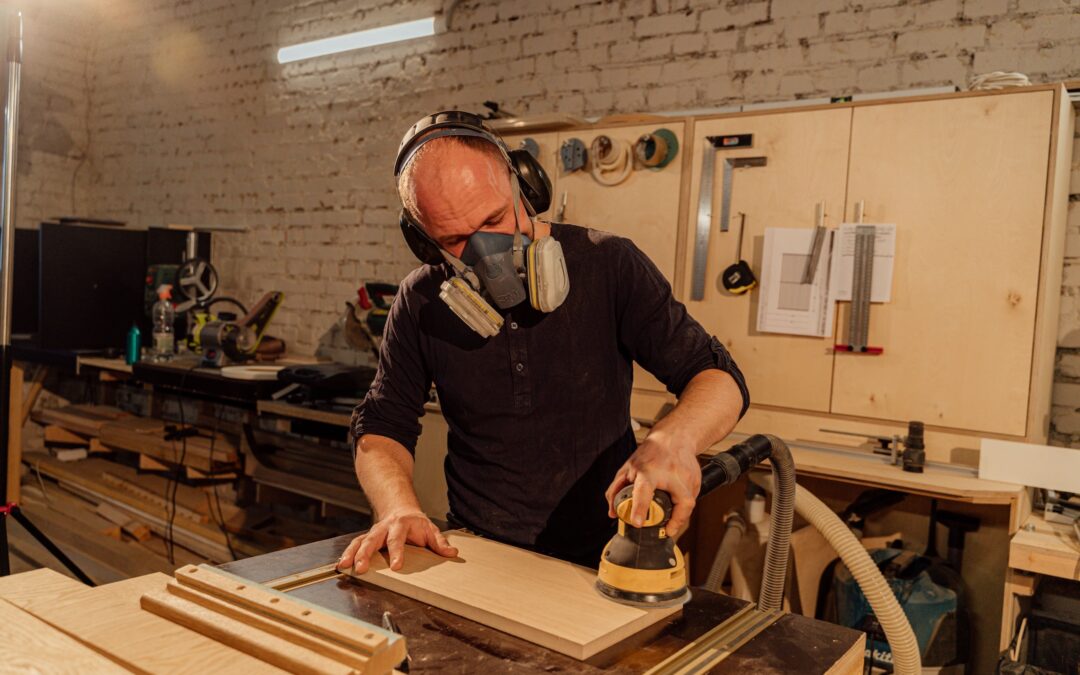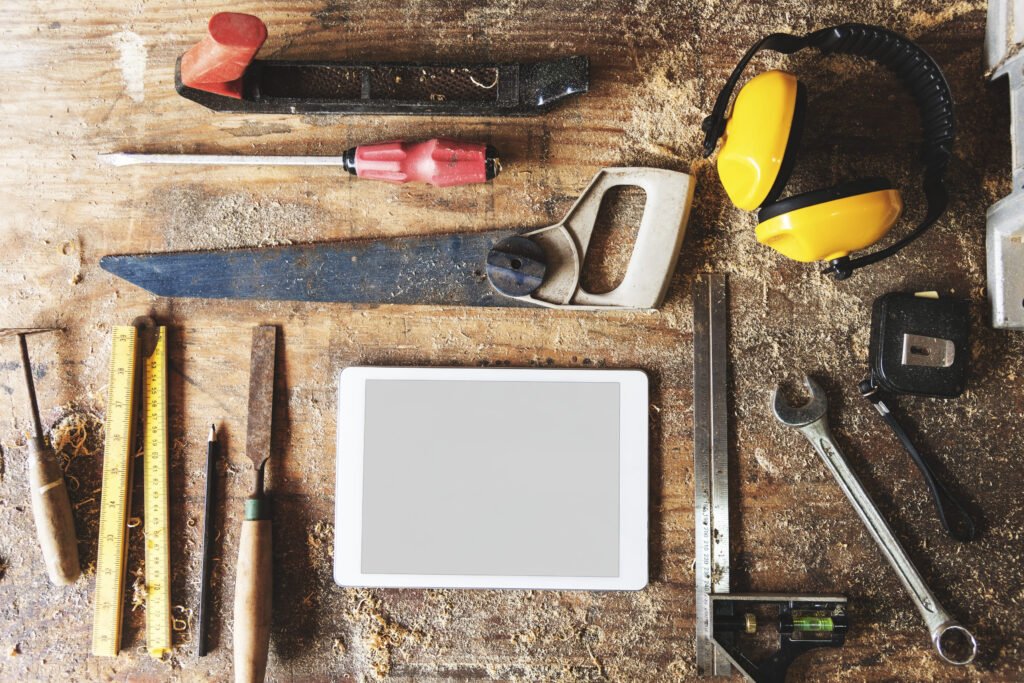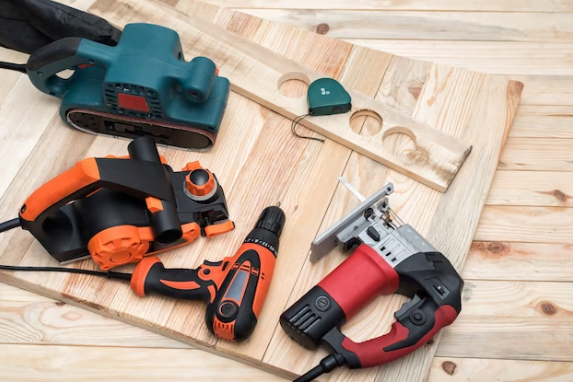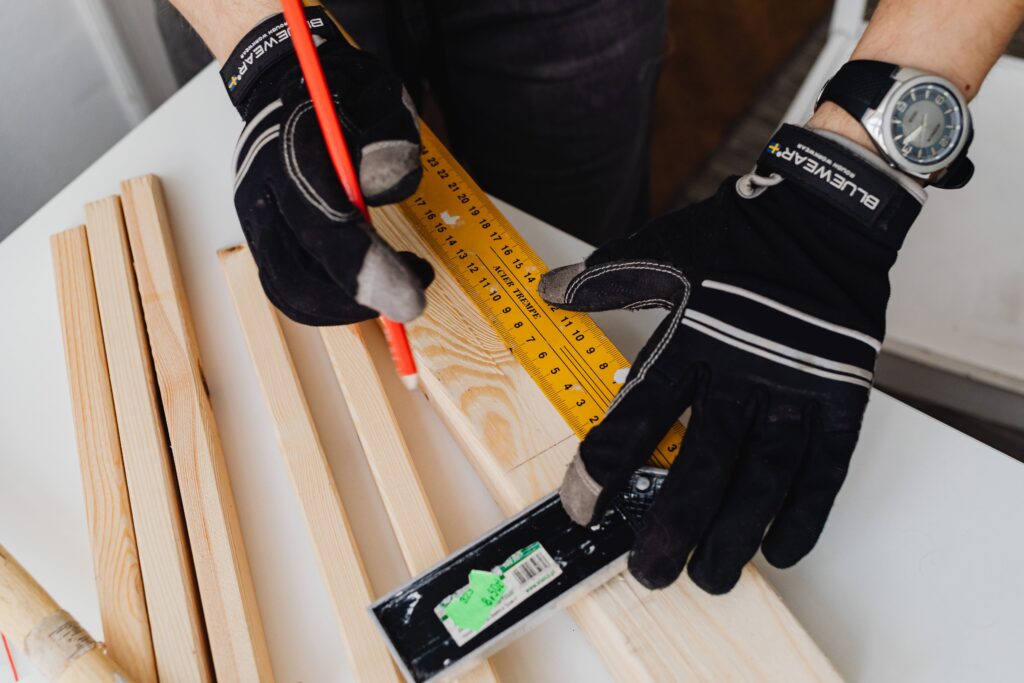Woodworking is an art that requires the right tools and equipment to achieve great results. From hand tools to power tools, from measuring and marking tools to workshop equipment, having the right tools and equipment can mean the difference between a successful project and a frustrating experience. In this article, we’ll explore the different types of tools and equipment used in woodworking and what you need to know to make the right choices for your projects.
The essential types of tools and equipment used in woodworking :
- Hand Tools
- Power Tools
- Workshop Equipment
- Measuring and Marking Tools
- Dust Collection and Ventilation
Hand Tools
Essential hand tools for woodworking
Woodworking hand tools include hammers, saws, chisels, hand planes, and more. These tools are critical for precise cuts, shaping, and finishing.
How to select and use hand tools for maximum efficiency and safety
When selecting hand tools, it’s important to consider the quality of the materials and the type of projects you’ll be working on. Additionally, proper use of hand tools requires a good understanding of safety techniques such as wearing protective gear and following the manufacturer’s guidelines.
Maintenance and storage of hand tools
Regular maintenance of hand tools, such as sharpening blades and cleaning surfaces, will ensure their longevity and effectiveness. Hand tools should also be stored in a safe, dry place to prevent damage and rust.
Power Tools
Explanation of power tools and their uses in woodworking
Power tools are an essential part of any woodworker’s arsenal. These tools make it easier and faster to complete tasks compared to hand tools. Some of the most common power tools used in woodworking include drills, sanders, jigsaws, and routers. These tools are designed to make tasks such as cutting, sanding, and shaping wood much easier and more efficient.
Types of power tools and their specific uses in woodworking
One of the key types of power tools used in woodworking is the drill, which is used for boring holes into wood. Sanders is used for smoothing out rough or uneven surfaces, while jigsaws are used for making intricate cuts and shapes. Routers are used to shape edges and create decorative patterns. Other types of power tools include planers, saws, and mortisers.
Safety tips when using power tools
It is important to follow safety precautions when using power tools. Always wear safety glasses, ear protection, and dust masks when using power tools. Make sure that your tools are properly maintained and in good working order before use. Read the instructions and become familiar with the tool’s operation before using it for the first time. Keep your work area clean and well-lit, and always disconnect the tool from the power source before making any adjustments or changing accessories.
How to select and maintain power tools for longevity
When selecting power tools, it’s important to consider the type of projects you’ll be working on, the size and weight of the tool, and the power source. Corded tools offer more power, while cordless tools are more convenient and portable. Regular maintenance of your tools is also important, including cleaning and oiling moving parts and replacing worn or damaged parts. Storing your tools in a dry, dust-free place will also help extend their lifespan.
Workshop Equipment
Explanation of Workshop Equipment and Their Uses in Woodworking
Workshop equipment refers to the various tools and machinery used to create a safe and efficient woodworking environment. These tools include workbenches, clamps, saw horses, and more. A well-equipped workshop not only allows you to work on your projects with ease but also enhances the quality of your work.
Types of Workshop Equipment and Their Specific Uses in Woodworking
- Workbench : A sturdy and stable work surface to work on projects.
- Clamps : Used to hold workpieces in place while cutting, sanding, or drilling.
- Saw horses : Supports workpieces while sawing or sanding.
- Table saw : Used to make precise cuts in larger workpieces.
- Jointer : Used to create smooth and flat edges on rough-cut lumber.
- Router : Used to create decorative edges, shapes, and profiles on workpieces.
- Lathe : Used to shape and turn cylindrical workpieces.
Safety Tips When Using Workshop Equipment
- Always wear safety gear such as safety glasses, hearing protection, and a dust mask.
- Read and follow the manufacturer’s instructions for each tool.
- Keep your work area clean and free of clutter to prevent accidents.
- Never reach over running machinery.
- Keep the floor clear of sawdust and other debris to prevent slips and falls.
How to Select and Maintain Workshop Equipment for Longevity
- Determine your specific needs and budget before making any purchases.
- Look for high-quality tools from reputable manufacturers.
- Regular maintenance, such as cleaning and oiling, can help prolong the life of your workshop equipment.
- Store tools in a dry, cool place to prevent rust and corrosion.
- Replace worn or damaged parts promptly to ensure the safety and efficiency of your workshop equipment.
Measuring and Marking Tools
Explanation of Measuring and Marking Tools:
Measuring and marking tools are an essential part of any woodworking project, as they help ensure the accuracy and precision of each cut, joint, and measurement. These tools are used to measure and mark the dimensions of the wood pieces, ensuring that all cuts are made accurately and to the right size.
Types of Measuring and Marking Tools:
- Tape measure: A flexible measuring tool used for measuring lengths of wood, fabric, or other materials.
- Squares: Tools used for marking straight lines, checking the squareness of cuts, and determining angles.
- Marking gauges: Tools used for marking precise lines parallel to an edge of the wood piece.
- Calipers: Tools used for precise measurements of inside and outside dimensions.
- Rules: Straight edges are used for making precise measurements and marking straight lines.
How to Select and Use Measuring and Marking Tools for Accuracy:
- Choose high-quality tools that are precise and accurate.
- Store tools in a clean and dry place to prevent rust and damage.
- Use the correct tool for the job. For example, use a square when checking square cuts, and a caliper when measuring inside dimensions.
- Regularly check the accuracy of your tools and make any necessary adjustments.
Dust Collection and Ventilation
Explanation of the importance of dust collection and ventilation in woodworking
Woodworking produces a lot of sawdust, wood chips, and debris that can not only make a mess in the workshop but also harm your health if not properly managed. Dust collection and ventilation systems play a crucial role in keeping the air clean and safe to breathe. They also help maintain a comfortable working environment by controlling temperature and humidity levels.
Types of dust collection and ventilation equipment
- Shop Vacs : These portable vacuums are great for cleaning up small messes and can be easily moved around the workshop.
- Dust Collectors : These larger systems are designed for permanent installation and are equipped with filters to capture larger debris and dust particles.
- Air Filters : These can be integrated into dust collection systems to filter out microscopic particles and improve air quality in the workshop.
Safety tips when using dust collection and ventilation equipment
- Always wear a mask or respirator when using dust collection equipment to protect yourself from inhaling harmful particles.
- Make sure all equipment is properly installed and secure before using it.
- Use dust collection equipment according to the manufacturer’s instructions to avoid potential hazards.
How to select and maintain dust collection and ventilation equipment for longevity
- Choose a dust collection system that is appropriate for the size and scale of your workshop.
- Regularly clean or replace filters to maintain maximum efficiency and longevity.
- Store dust collection and ventilation equipment in a dry, dust-free area to prevent damage and prolong its lifespan.
conclusion
When choosing tools and equipment for your workshop, consider factors such as your specific needs, your budget, and the level of quality and reliability you require. Make sure to invest in high-quality tools and equipment that will last for years to come, and take the time to properly maintain and store them to ensure they continue to perform at their best.
Woodworking is an ever-evolving art, and there is always more to learn. Experimenting with different tools and equipment can help you find what works best for you and your projects. Whether you’re a seasoned woodworker or just starting out, keep learning and exploring new techniques and tools to continuously improve your skills and bring your woodworking projects to life.





